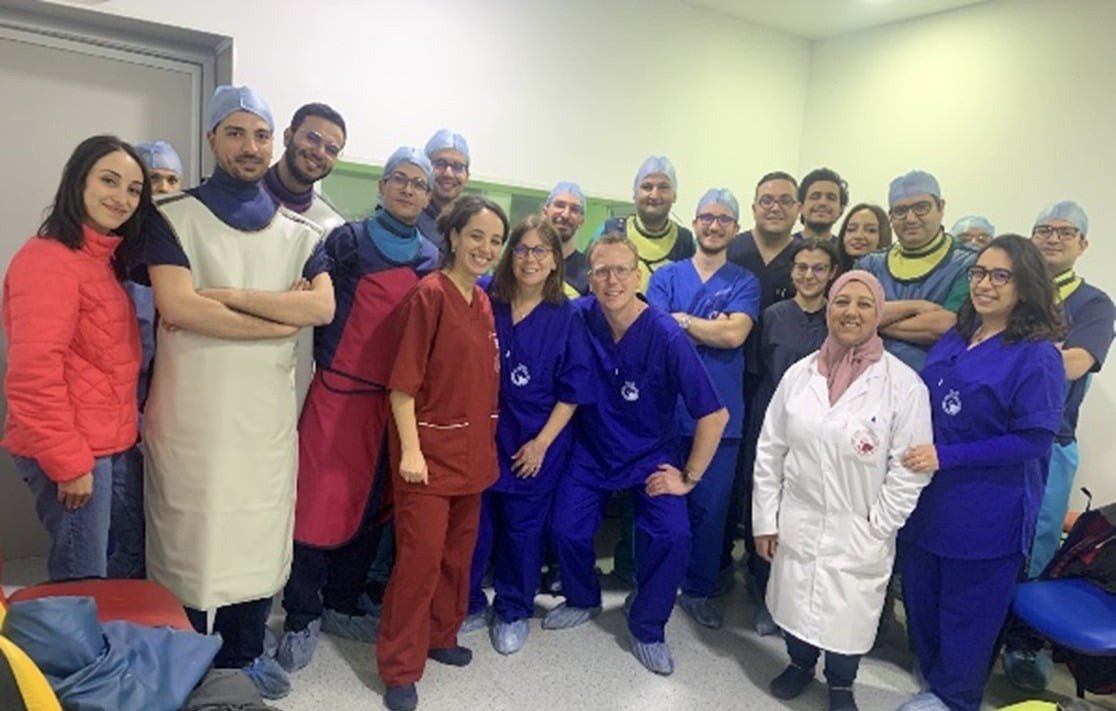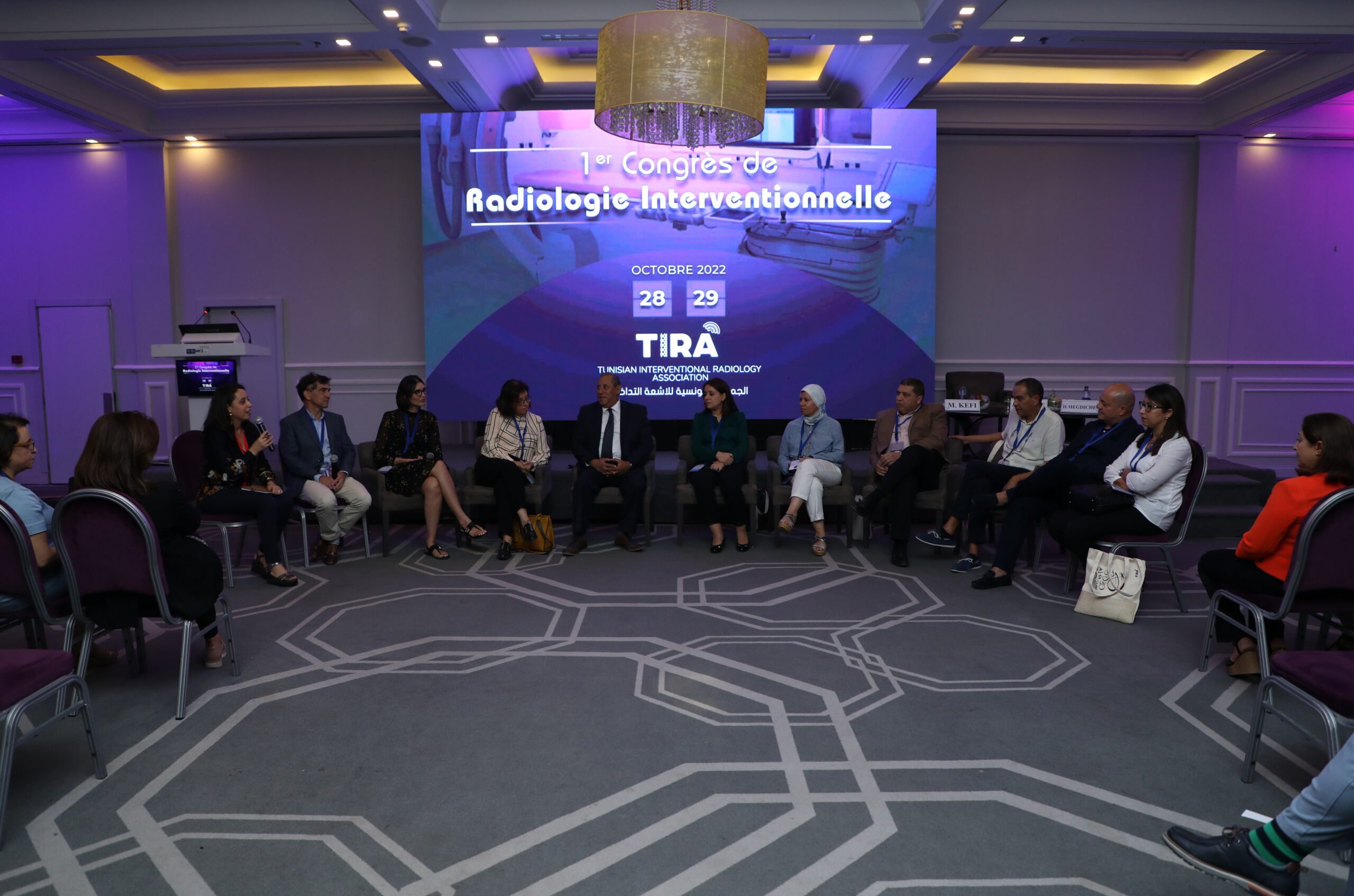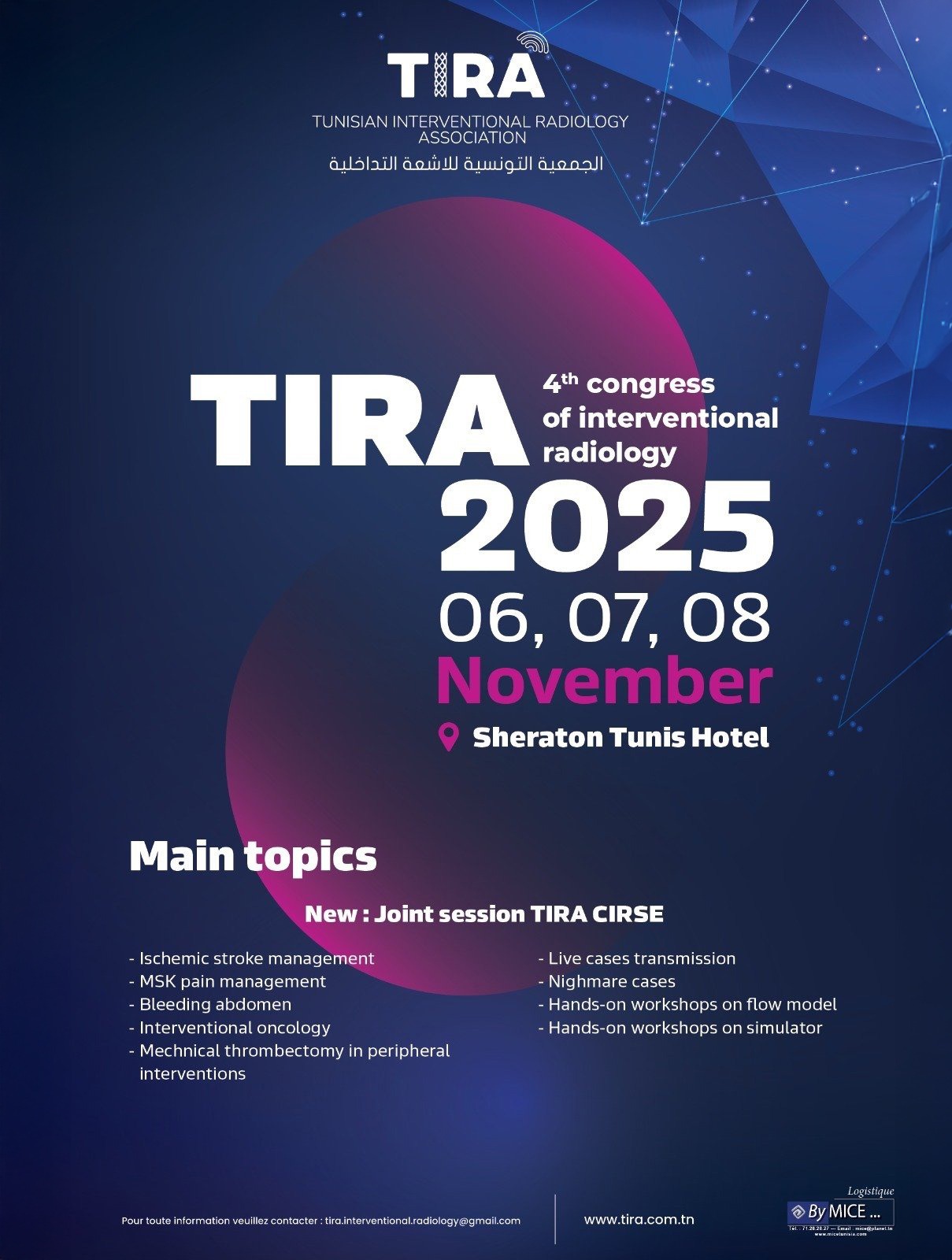CIRSE Insider: What are your local challenges? Conversely, what is something you feel that Interventional radiologists do exceptionally well in Tunisia and others could learn from?
Hammami: In Tunisia, we face significant challenges including limited numbers of interventional radiologists and constrained healthcare funding, which restrict our capacity and access to cutting-edge equipment. Despite these obstacles, our IR community demonstrates remarkable resilience and commitment to excellence. We strictly adhere to international guidelines and continuously strive to implement the latest techniques and technologies available within our means. What sets us apart is our ability to deliver high-quality, patient-centered care with limited resources – maximizing outcomes through innovation, careful technique selection, and strong collaboration with other specialties. This resourceful approach, combining evidence-based practice with adaptability, could serve as a valuable model for other resource-limited healthcare systems.
Also, we successfully established INR within the public healthcare sector, and despite numerous challenges, we have managed to turn our centre into an internationally recognized reference. A testament to this achievement is our participation, two years ago, in the largest global congress on interventional neuroradiology—LINNC—where we broadcasted two live cases (an aneurysm treatment and an intracranial AVM procedure) from our centre to the Carrousel du Louvre.




